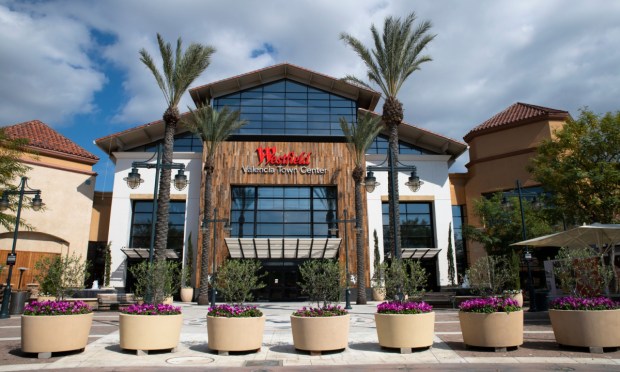Westfield Owner Rethinks Mall Plans as Brick-and-Mortar Persists

The owner of the Westfield malls group is reportedly rethinking its plan to exit the U.S.
Instead, The Wall Street Journal reported Tuesday (Sept. 12), Paris-based Unibail-Rodamco-Westfield will hold onto some of its best-performing malls, while still getting rid of most of its properties in the U.S. by the year’s end.
Chief Executive Jean-Marie Tritant told investors recently that “our strong operational performance gives us flexibility on when we’ll execute” additional sales, though the company still intends to undertake a “radical reduction” of its American portfolio.
The company owns 16 malls, among them Westfield Century City in Los Angeles and Westfield Garden State Plaza in northern New Jersey and has invested substantially into some of the properties it was expected to have sold off, the WSJ said.
The report notes that while older malls have seen their values plunge, many higher-end shopping centers continue to do well.
Last month, Simon Property Group (SPG), the largest mall owner and developer in America, posted a strong second quarter despite headwinds from higher interest expenses.
“Our business is performing well and is ahead of our internal plan. Tenant demand is excellent. Occupancy is increasing,” CEO and Chair David Simon said on an earnings call. “Property NOI [net operating income] is growing, beating internal expectations set at the beginning of the year.”
As PYMNTS noted at the time, data from the U.S. Department of Commerce shows that more than 85% of all retail sales in the U.S. still take place within physical stores — as opposed to online — a finding that SPG’s upbeat results appear to back up.
Brands such as Warby Parker, Hims & Hers Health, Care/of and Beyond Yoga, which began as online retailers, are moving into physical retail or strengthening their existing presence in brick-and-mortar stores, PYMNTS has reported.
“Brick and mortar is where the action’s at,” Simon had said earlier this year.
Still, a number of retailers are still rethinking their strategies for their physical locations, looking to smaller footprints to cut costs and refocus on their customers.
“Marking a significant shift in retail strategy, major stores determined to adapt to the reality of today’s economic landscape are overhauling their brick-and-mortar approach,” PYMNTS wrote in late May, as retailers like Macy’s, Footlocker and even the notoriously-mammoth IKEA began opening smaller stores.

